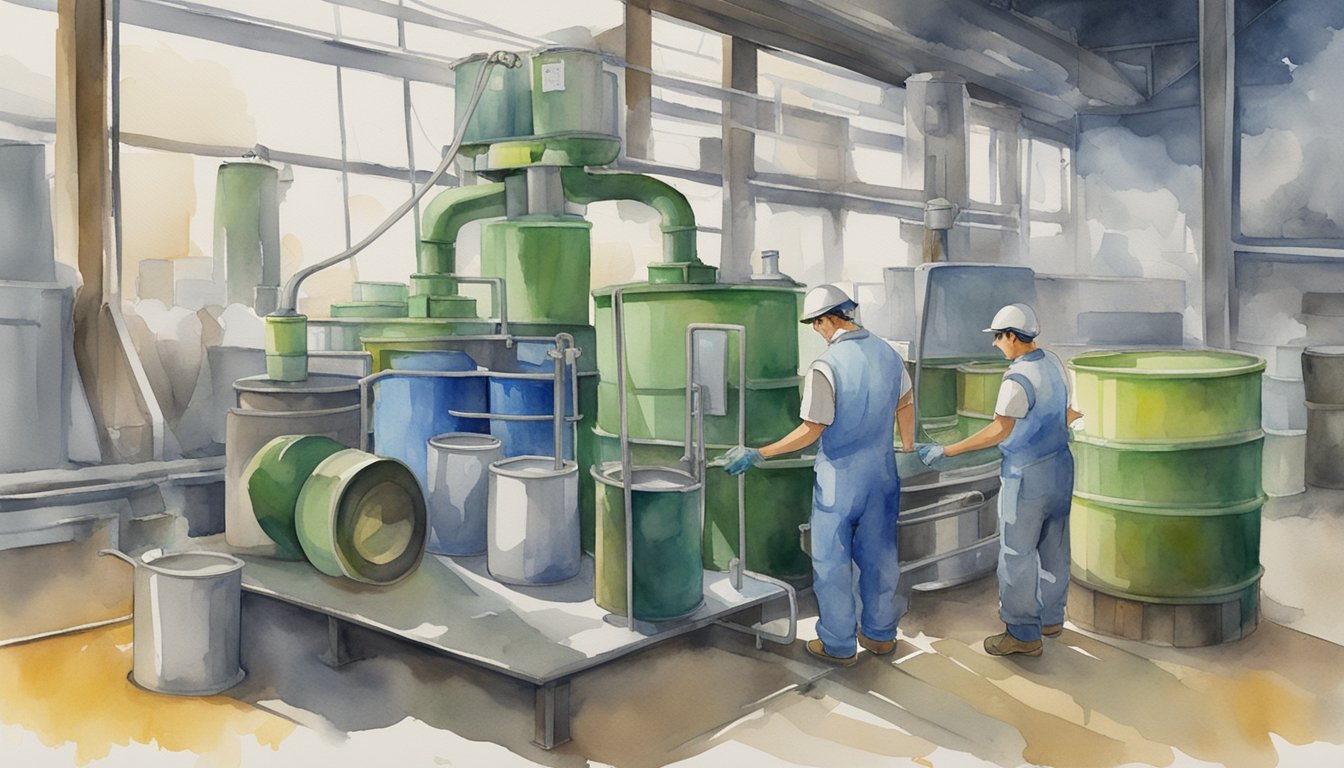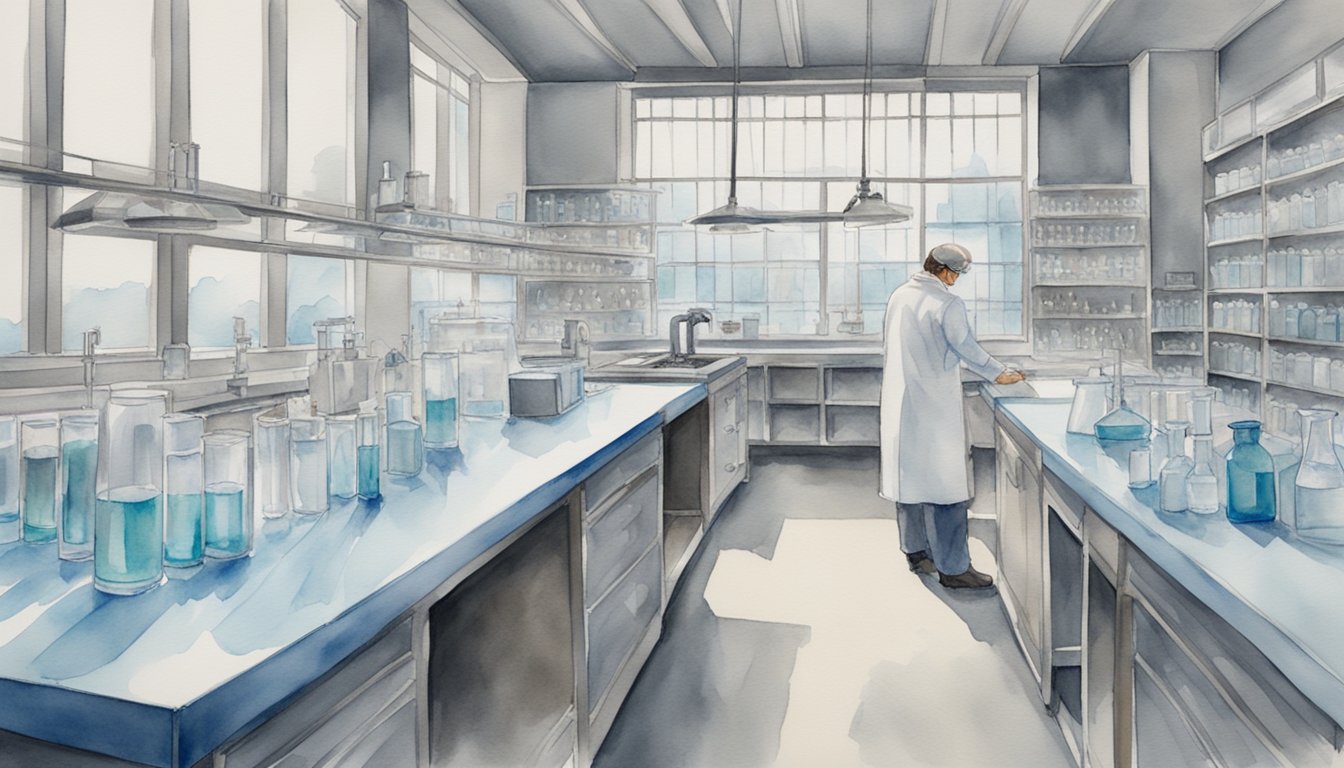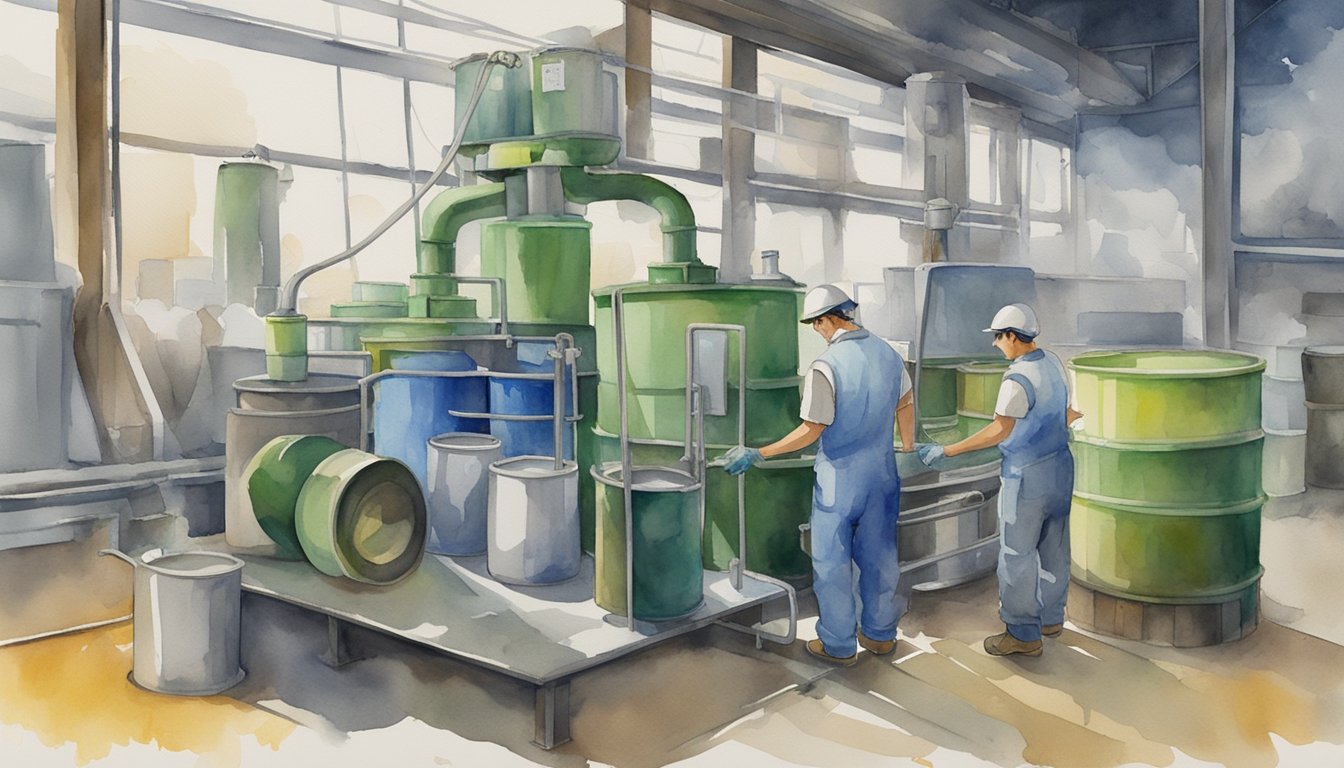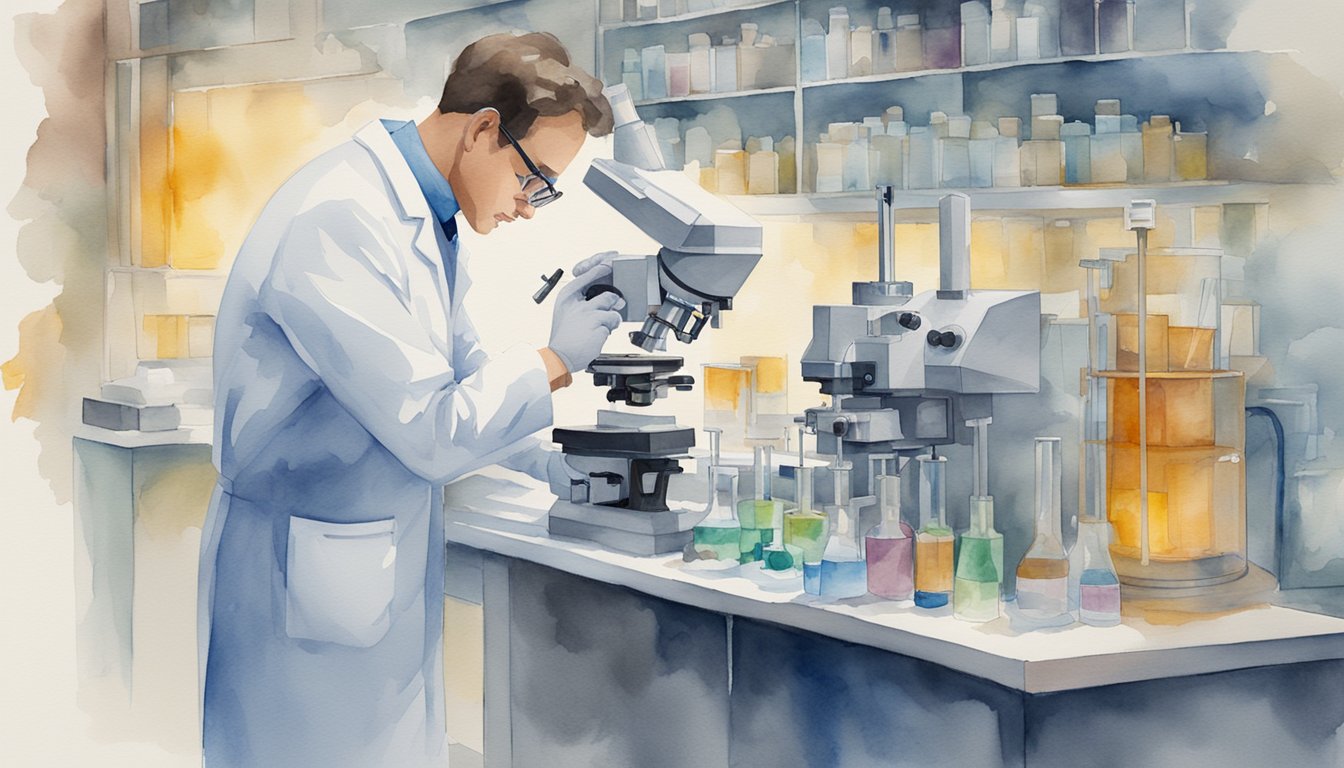One of the many challenges HPLC systems face is solvent waste, among other byproducts produced from their tests. The results can lead to cost inefficiencies and sustainability concerns when it comes to their impact on the environment. However, modern recycling technologies have made it possible to reclaim and reuse solvents without compromising the quality of analyses. By adopting solvent recycling techniques, labs can significantly reduce solvent consumption and waste while improving financial savings and creating less of an impact on the environment. These systems, such as the MiniMizer HPLC Solvent Recycler, can connect to many HPLC setups and reduce solvent waste by up to 95%.
In addition to cost and environmental advantages, integrating solvent recycling into your HPLC workflow can notably improve your operational and equipment efficiency within a lab. Implementing such systems offers a practical way to optimize your lab space, testing protocols, and inventory. In this article, we explore how solvent recycling is transforming HPLC systems into more sustainable and cost-effective solutions that may benefit any testing facility.
Solvent Waste from HPLC
In HPLC, solvent waste is generated from the leftover chemicals used for preparing a mobile phase mixture with a lab sample. After flowing through the system for analysis, the components are compromised for any further testing and are discarded. Such waste must be properly classified as either hazardous or non-hazardous, depending on the chemicals involved. Some solvents may be “greener” than others, such as high-purity water. However, solvents like acetonitrile, methanol, hexane, dichloromethane, and tetrahydrofuran require HAZMAT (hazardous material) labeling, proper handling, high-density polyethylene (HDPE) containers, distinct shipping needs, lab safety protocols, and environmental compliance for their disposal. Their toxic properties can be flammable, toxic, and resistant to environmental decomposition.
Managing HPLC waste involves adhering to strict environmental regulations designed to minimize pollution and protect ecosystems. Laws, including Subtitle C of RCRA (Resource Conservation and Recovery Act), specify hazardous waste limitations and proper disposal procedures. Proper disposal also involves collaboration with waste management companies that have permission to handle such materials. Although these strict guidelines are enforced by governmental agencies like the EPA and OSHA, large institutions are notorious for finding loopholes and buying off waste limits from other companies that otherwise do not handle hazardous materials. Institutions equipped with specialized closed waste containment systems can effectively manage hazardous waste and ensure safe HPLC waste disposal. For instance, using systems like EZwaste™ by Foxx Life Sciences helps in compliant waste management.
Solvent Recycling Advantages
Solvent recycling systems offer HPLC labs several benefits. The reduction in solvent usage not only aids in environmental conservation but also decreases operational expenses. Furthermore, recycling systems, such as compact solvent recyclers, offer help in maintaining the integrity of a solvent for more consistent experimental results without the need for frequent solvent replacement. Recycling can significantly cut costs by recovering up to 90% used in mobile phases by redirecting pure solvent back to a reservoir rather than discarding it as waste.
Cost-Benefit Analysis
Investing in a solvent recycling system may seem counterintuitive in the short term, but ultimately a cost-effective decision. Initial costs may seem high, yet they are often offset by substantial savings over time. For labs, reducing solvent waste translates to decreased disposal costs. You also see improvements in product cost management, as solvents are a recurring expense. By recycling, you maintain a consistent supply of high-quality solvents while avoiding fluctuating market prices. In the long run, solvent recyclers typically pay for themselves by substantially lowering operational costs.
Improving Laboratory Efficiency
Solvent recyclers lead to increased laboratory efficiency through uninterrupted operations. By ensuring a steady supply of purified solvents, they help reduce downtime and increase productivity. Reliable solvent availability allows you to plan experiments and production schedules more efficiently. This efficiency supports consistent quality and output in your lab's operations. Moreover, automated solvent recycling systems reduce manual handling, allowing staff to focus on more critical tasks, thereby streamlining workflows.
Integrating Solvent Recycling Systems
Various systems and units are available to facilitate solvent recycling in HPLC. The SmartSaver solvent recycling unit is particularly noteworthy, designed to maximize efficiency by recovering most of the mobile phase used in isocratic HPLC. It offers seamless integration with existing laboratory setups and powers directly from the instrument, providing ease of operation. Compact solvent recyclers also contribute to cost savings by efficiently redirecting pure solvent back to the reservoir instead of to the waste container. Systems like the Integral Smart Processor streamline the operation by automating the redirection process based on signal from the detector to enhance laboratory workflows. The integration of more efficient closed-loop systems can also reduce solvent waste significantly.
Installation and Compatibility
To incorporate recycling into HPLC systems, start by evaluating the compatibility of existing equipment with recycling methods. Be sure the system can handle repetitive sample cycles without system overload or data errors. Install systems that allow for easy configuration and adaptability. User-friendly software provides intuitive interfaces for setting up recycling workflows, making it accessible for laboratory teams. Be sure necessary hardware supports recycling processes without additional pressure or thermal load which can affect results. Collaborate with vendors who offer systems capable of effective recycling integration with minimal disruption.
Optimizing Recycling Processes
Improving efficiency involves fine-tuning recycling processes and making use of online monitoring. Regularly monitor system performance to track solvent usage and recovery rates. Use this data to adjust parameters for optimal separation quality while minimizing solvent waste. Configure systems to automatically route flow out of the HPLC to the recycle or to waste based on the signal from the detector.
Implement monitoring tools that offer real-time insights, allowing quick adjustments to be made as needed. Explore advanced software solutions that provide analytics and optimization suggestions to continually improve separation processes. Training laboratory staff on effective recycling operations helps guarantee any new integrations are understood and used effectively. This approach not only optimizes the recycling process but also maintains high standards of accuracy and reliability in results.
The drive toward more sustainable chromatography involves reducing the environmental impact of HPLC systems without sacrificing performance. If you enjoyed these insights about solvents, please visit Birch Biotech for more articles and information.
References:
[1] Carver, D. (2023, November 21). Use HPLC hazardous waste containers to manage waste disposal in labs. Justrite. https://www.justrite.com/news/hplc-hazardous-waste-containers-for-chemical-waste-disposal/
[2] Fluidics, B. (2023, November 22). Compact Solvent Recycler improves HPLC sustainability. Lab Manager. https://www.labmanager.com/compact-solvent-recycler-improves-hplc-sustainability-31336
[3] Wołos, A., Koszelewski, D., Roszak, R., Szymkuć, S., Moskal, M., Ostaszewski, R., Herrera, B. T., Maier, J. M., Brezicki, G., Samuel, J., Lummiss, J. a. M., McQuade, D. T., Rogers, L., & Grzybowski, B. A. (2022). Computer-designed repurposing of chemical wastes into drugs. Nature, 604(7907), 668–676. https://doi.org/10.1038/s41586-022-04503-9
[4] Yabré, M., Ferey, L., Somé, I. T., & Gaudin, K. (2018). Greening Reversed-Phase liquid chromatography methods using alternative solvents for pharmaceutical analysis. Molecules, 23(5), 1065. https://doi.org/10.3390/molecules23051065













